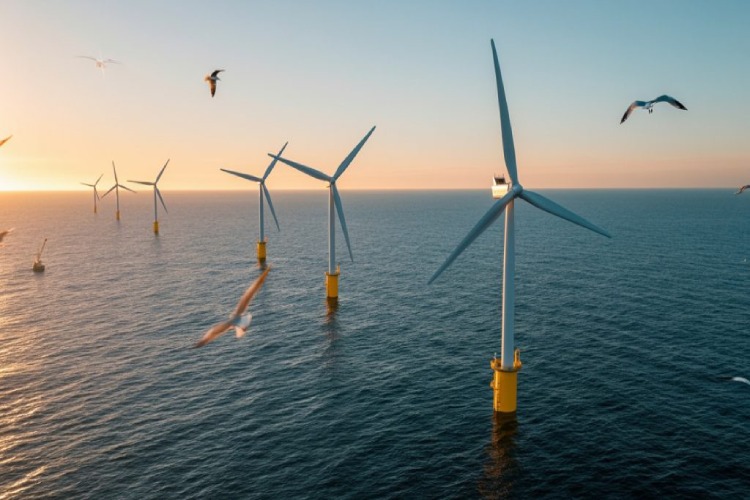
The story so far - Researchers from Portland State University (PSU) and the Johns Hopkins Whiting School of Engineering (WSE) aim to enhance the development of floating offshore wind farms in the United States. This new project aims to improve the effectiveness and precision of models and tests pertaining to floating wind turbines.
With funding from the US National Science Foundation (NSF) and the DOE's Wind Energy Technologies Office (WETO), the cooperative initiative seeks to close the knowledge gap between experimental techniques and computational models.
The floating wind turbines are installed on buoyant platforms connected to the ocean floor by mooring lines, as opposed to conventional wind turbines, which are fixed to the sea floor. Floating offshore wind farms present a promising means of generating wind energy in the deep waters where around two thirds of the offshore wind resources are found.
It is challenging to optimize the energy potential of wind farms when turbines are positioned on platforms that move with the sea. Accurately representing wind flow over constantly moving waves with numerous wavelengths and complex forms is a computational problem for developing Large Eddy Simulations (LES) for efficient wind farm design.
Another challenge is the lack of test beds. It is not possible to construct a test windfarm at sea and observe its performance. It’s quite costly.
The following are the main objectives of the research. First, the research aims to improve Large Eddy Simulations (LES), a computational method that models wind mills encompassing floating turbines by taking into consideration how wind interacts with flowing waves. Through LES method modification and utilization of PSU's advanced wind tunnel and wave tank equipment, the research group intends to produce more accurate models for floating wind farm design and efficiency.
Second, the research will investigate innovative computational techniques for simulating wind flow over moving water. Conventional methods either use sophisticated, customizable grids that take a lot of effort to build, or they use a general “roughness length” for quicker but less accurate results. Charles Meneveau, Principal Investigator and WSE mechanical engineering professor, has presented a new strategy that attempts to combine the advantages of both approaches.
Modern wave tanks will be used for practical research under the direction of PSU mechanical and materials engineering professor Raúl Bayoán Cal. His facility allows the testing of multiple turbines and their interactions with waves simultaneously. It also has a five-meter test length.

